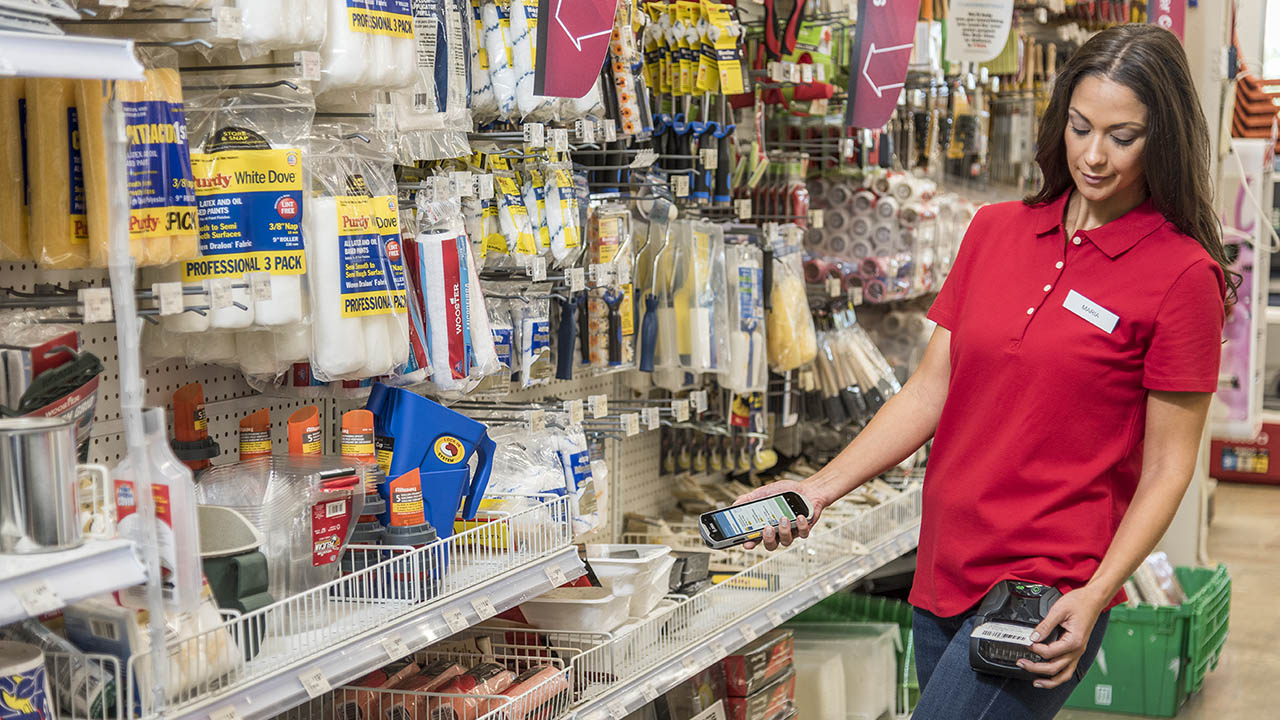
Why Utilizing Artificial Intelligence (AI) and Machine Learning is Essential to Solving Your Retail Labor and Execution Challenges
The holiday season is fast approaching, and I know you are facing more challenges than ever before.
Current shortages of retail team candidates will make it difficult to keep your store operations functioning properly. With store managers stretched thin, they may not have time to train employees on new skills, work with them to improve their current skillsets, or figure out how to utilize their skills optimally in the store. Store managers may also struggle to efficiently utilize the staff they have, period. With both customer and employee expectations higher than ever before, it can be hard to keep track of each team member’s scheduling preferences and availability.
However, it is important they have a way to do these things to keep morale up. Employees could experience burnout, frustration over their current roles, or a desire for a better work environment if they don’t feel like they’re adding value to the store. And if a store or team is understaffed, leaving associates feeling overworked, they may take advantage of the competitive labor market and find employment elsewhere.
So, this might be a good time to look at how intelligent workforce management technology could help ensure managers are balancing employee and store needs while remaining compliant with labor laws and regulations. You don’t want to add fines and penalties to your (now, very long) list of challenges.
Less Effort, Better Outcomes
Intelligent workforce management software utilizes artificial intelligence (AI) and machine learning to analyze historical labor trends and demand alongside current factors. It can create best-fit models that account for more variables than traditional models, such as geographic region, store characteristics and sales data. In turn, managers can quickly generate more accurate labor forecasts and provide your staff with more agility during turbulent times. This type of scheduling solution also ensures your company is making the best use of the staff you do have, especially as you try to contend with more gaps in your supply chain – and more empty shelves – than usual.
Just be sure the workforce management technology you choose can…
1. automate the scheduling process. Intelligent workforce management solutions should eliminate the errors associated with manual scheduling processes by generating optimized schedules in a matter of minutes. If they are properly integrated and used, store managers should get hours back each week to train employees and assist customers. They will also be more available to react to unforeseen events.
2. create more accurate labor forecasts and schedules. Your managers shouldn’t have to worry about getting the estimations right or accounting for extra workload and other critical variables that impact the success of your programs. Choose an intelligent workforce management solution that will do all the calculations for them. Instead of wasting time making numerous edits to schedules as employee time-off requests come in or operational needs change, managers will only have to make minor revisions where necessary – and they’ll be able to do so from a mobile or desktop device.
3. respond to rapid changes in customer traffic and demand. Look for solutions that use AI and machine learning to quickly identify microtrends and clusters based on disruptive periods. This will enable them to generate specific staffing recommendations, such as moving employees from stockrooms to fulfillment stations in real time, so managers can figure out when and where staffing levels need to be increased and decreased at your stores.
4. simulate scenarios to understand labor needs. Store managers should be able to conduct simulations and uncover the best options to manage labor challenges in the store. With an intelligent workforce management solution, they can define goals and parameters of simulations, model staffing scenarios, and receive AI-driven recommendations based on the results. This function is critical for optimizing your workforce, as simulations can be modeled to uncover which employees to cross train on new skills and the number and type of employees to hire based on demand. They can also show managers how to modify employees’ hours to optimize labor spend.
5. empower front-line workers with self-service capabilities. It can be frustrating for store managers to keep track of – and schedule around – employees’ changing availabilities. It’s just as hard to keep track of individual shift change requests. If your AI-driven workforce management technology has employee self-service as well, you can easily give employees the ability to manage their schedules on their mobile devices. And managers will get real-time visibility into shift change requests and availability modifications. When an employee submits a time off request or other change, the store manager receives an alert and can approve the request and reach out to available substitutes.
6. help you maintain compliance with labor laws and regulations. Manual scheduling practices make it much more difficult to ensure labor schedules are compliant with constantly changing government labor regulations. By aligning staffing models with employee preferences, demand and customer traffic, and applicable labor regulations, intelligent workforce management software makes it much easier to generate schedules that automatically allocate labor in a balanced and compliant way.
If you’re interested in learning more about how AI-powered workforce management can better align your labor scheduling with in-store workload and other key variables, visit our website or contact our team. We would be happy to talk about what labor challenges your organization is facing and what we can do to help you succeed.

Kevin Tapscott
Kevin Tapscott is Vice President of Solution Consulting for the Americas at Reflexis, which is now part of Zebra Technologies. He leads a team of retail operations experts who help retailers simplify their operations and optimize their labor with intelligent task management and workforce management software solutions.
Kevin has helped shape the Reflexis ONE product and its direction, working with hundreds of retailers over 14 years with Reflexis. Previously, he spent 15 years in retail operations across North America as a strategist leading teams of customer care specialists and operational experts focused on growth.






